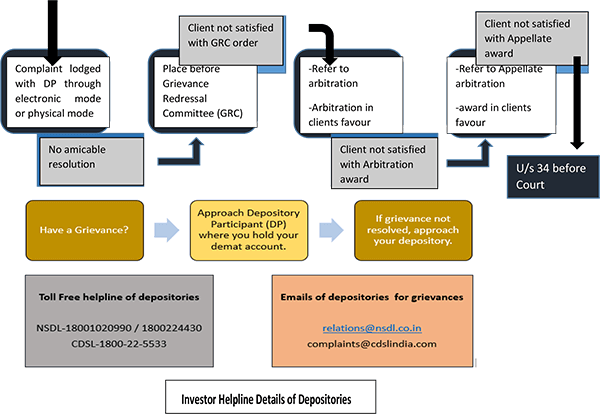Introduction
Short-term trading, often characterized by swift buy-and-sell decisions within a short time frame, offers lucrative opportunities for traders. But it also carries some inherent risks that, if not properly managed, might reduce profitability.
We will explore the art of risk management in short-term trading in this blog, with a special emphasis on the “Buy Today Sell Tomorrow” method. Through an understanding of risk dynamics and the application of effective risk management techniques, traders can effectively navigate volatile markets with an increased sense of confidence and security.
Understanding Short-Term Trading
The objective of short-term trading is to make quick profits by taking advantage of momentary market changes. To take advantage of price changes that occur during a single trading session or over several days, traders frequently utilize a variety of tactics, such as swing trading or day trading.
Traders can buy stocks today and sell them the next day with the “Buy Today Sell Tomorrow” (BTST) strategy, which seeks to profit from overnight fluctuations in the market.
Key Considerations for BTST Trading
Liquidity: To guarantee smooth BTST trade execution without significant price slippage, traders should concentrate on liquid stocks with high trading volume.
Risks Associated with Overnight Position Holding: Traders who hold positions overnight run a risk of experiencing a variety of events that could affect stock prices before the next trading day, such as after-hours earnings announcements, economic data releases, or geopolitical developments.
Technical Analysis: Traders can find possible entry and exit points for BTST trades by using technical analysis tools and chart patterns. Moving averages, stochastic oscillators, and the relative strength index (RSI) are examples of technical indicators that can be used to measure short-term price momentum and identify trend reversals.
Risk Management Strategies for Short-Term Trading
Before engaging in short-term trading, it’s important to define your risk tolerance level. Understand how much capital you are willing to risk on each trade and ensure that your trading strategy aligns with your risk appetite.
Setting Stop-Loss Orders: Putting stop-loss orders in place is necessary for reducing downside risk. Traders may limit possible losses and shield their cash from large drawdowns by establishing predetermined price points at which to exit losing positions.
Appropriate Position Sizing: Effective risk management depends on calculating the correct position size based on account size and risk tolerance. Traders must avoid excessive leverage and make sure that the possible loss on each trade is in line with their overall tolerance for risk.
Conducting Thorough research: For well-informed decision-making in short-term trading, extensive study and analysis are important. To predict future price fluctuations and make wise trading decisions, traders should keep up with market trends, company fundamentals, and current news events.
Avoid Emotional Trading: Feelings like greed and anxiety can impair judgment and cause traders to act impulsively. Overcoming emotional biases and preserving a logical approach to trading requires discipline and attention to pre-established trading guidelines.
Diversification: To reduce exposure to any one stock or market sector and spread risk, traders should diversify their positions over several assets or sectors. A well-diversified portfolio can protect against unfavourable changes in the price of particular securities.
Risk-Reward Ratio: Determine whether possible rewards outweigh the amount of risk taken by analyzing the risk-reward ratio for each trade. Seek out transactions with advantageous risk-reward ratios, meaning that possible gains could greatly exceed possible losses.
Keep Yourself Updated: Keep up with any news, economic data, or market changes that could have an immediate impact on prices. Before making any transactions, do extensive study and analysis to help you anticipate potential dangers and make well-informed decisions.
Monitor Trades: Continuously monitor your trades and adjust your risk management strategies as market conditions evolve. Be prepared to exit losing trades promptly if they move against your expectations, and avoid holding onto losing positions in the hope of a reversal.
Conclusion
Successful short-term trading requires careful risk management, particularly when using “Buy Today Sell Tomorrow” tactics. Traders can negotiate volatile markets with increased security and confidence by putting good risk management techniques into place.
This helps traders reduce downside risk and take advantage of short-term opportunities. Recall that careful risk management, thorough research, and disciplined decision-making are the cornerstones of successful short-term trading.
Gainn Fintech provides invaluable insights, analytical tools, and market intelligence that empower traders to make informed decisions and mitigate risks effectively. By leveraging GAINN FINTECH’s expertise, traders can enhance their risk management strategies and optimize their trading performance.
Understanding risk management is essential for long-term success and sustainable profitability in the fast-paced world of short-term trading. I hope your trading endeavours bring you both prosperity and durability. Best of luck.




